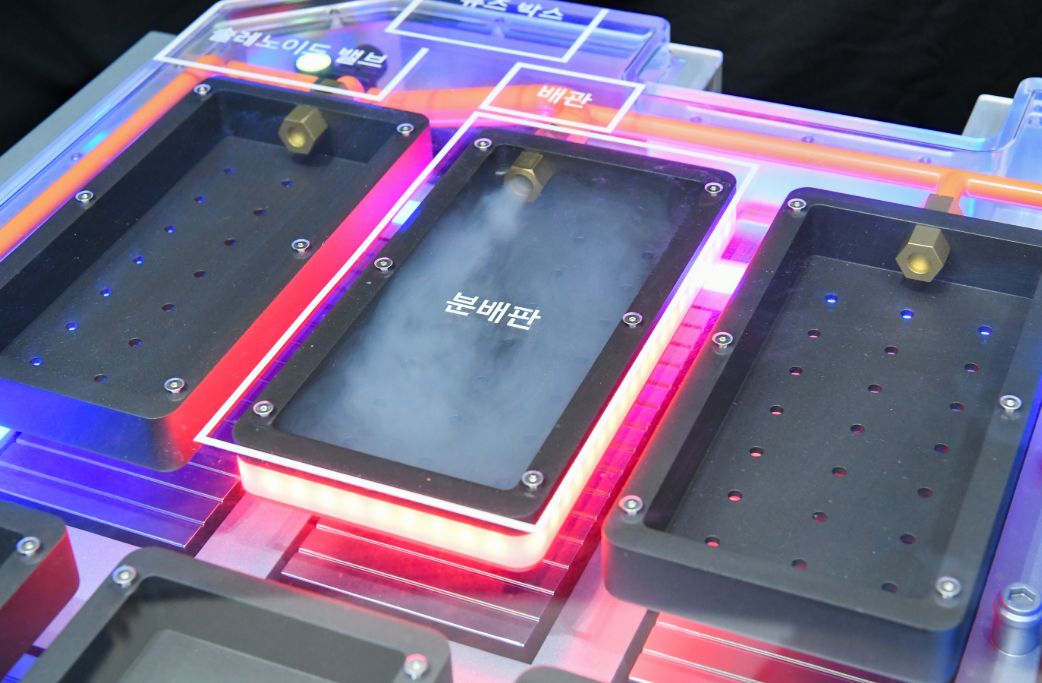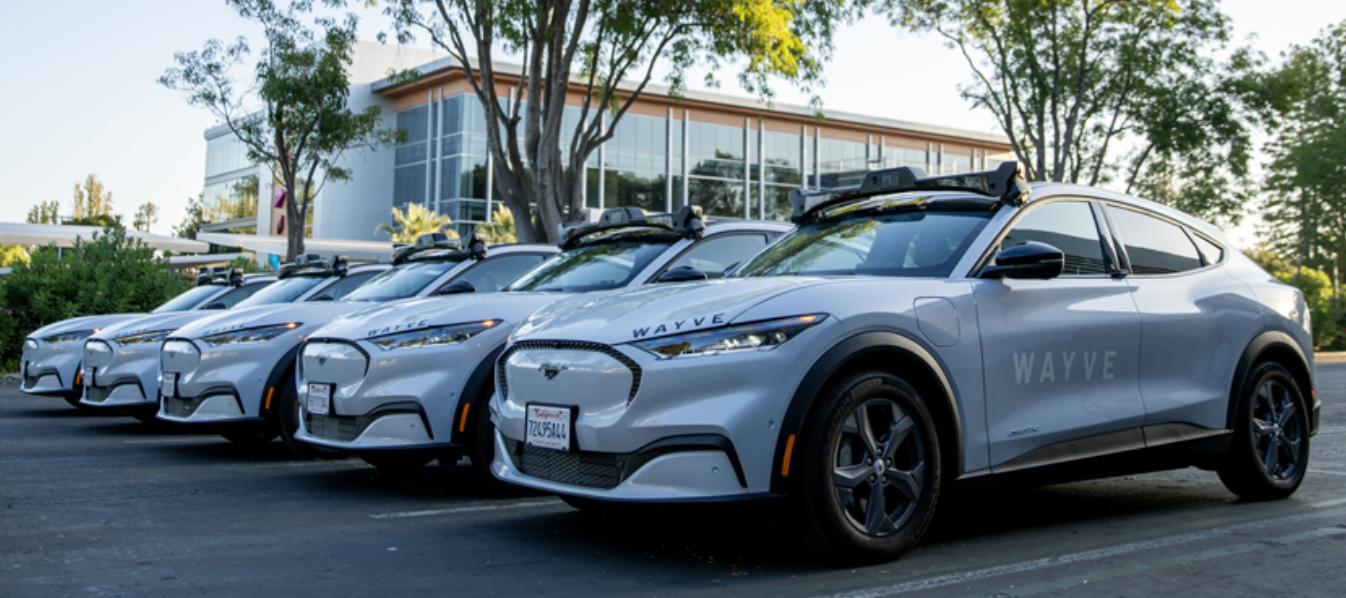
Hyundai Mobis develops built-in EV fire extinguishing system, Nissan expands AV collision avoidance focus
By onMarket Trends | Technology
Hyundai Mobis, the OEM’s global auto parts vendor, has developed a fire extinguishing technology to prevent thermal runaway in electric vehicles.
Battery cells in vehicles equipped with the system would immediately be sprayed with an extinguishing agent when they catch fire; however, Mobis designed the battery system assembly (BSA) using heat-resistant materials to mitigate fires altogether.
According to a press release from Mobis, the first-of-its-kind system prevents heat transfer to adjacent cells.
Mobis says the system is in response to thermal runaway mandates in European, Chinese, and Indian countries, where a delay of at least five minutes after the initial ignition of the battery cell is required, or there are regulations to prevent thermal transfer from occurring at all.
The BSA consists of a battery management system (BMS), hardware with a fire extinguishing device and battery case, and software that controls them, according to the release.
Based on real-time data collected by sensors, battery temperature, voltage, and the pressure inside the battery system are analyzed to determine any abnormalities and the location of the fire, then the extinguishing agent is sprayed, according to Mobis.
“The software is designed to make quick and accurate decisions to deal with any physical changes that may occur in the battery system,” the release states. “Hyundai Mobis’ highly reliable decision logic features multiple safety devices and a redundant algorithm structure.”
The fire extinguishing agent is five times the capacity of a 3.3-kilogram home fire extinguisher, according to Mobis, and is harmless to the environment and human body.
Hyundai Mobis has applied for three domestic and international patents, including a battery case, a fire extinguishing device, piping for fire extinguishing agents, and a design that enables high-pressure spraying.
“As large electric vehicles with improved driving range appear, the safety standards for battery systems are becoming more stringent,” said Park Yong Jun, Mobis Battery System R&D Group vice president, in the release. “We will integrate hardware and software to develop advanced battery systems that meet and exceed global standards, and introduce them to the global market.”
Mobis also recently developed a new material that prevents battery overheating and is working on commercializing it. It’s called a pulsating heat pipe and is composed of aluminum alloy and refrigerant. Mobis says placing it between battery cells can lower the internal temperature of the battery system.
Its expected use is to manage heat reliably, including during rapid charging.
Nissan also recently announced a vehicle technology advancement in autonomous driving collision avoidance. The OEM plans to launch its next-generation ProPilot technology during fiscal year 2027.
The system will feature next-generation lidar and Wayve AI Driver software, built on Wayve’s embodied AI foundation, to handle highly complex real-world driving conditions in a human-like manner, according to a press release from Nissan.
The software’s ability to efficiently and rapidly learn from vast amounts of data “ensures a continuous advantage to Nissan vehicles for the future,” the release states.
Wayve is a global AI company that has created an AI foundation model trained on real-world experience using custom GenAI technology to enable point-to-point driving across urban and highway environments with greater safety and reliability, according to the release.
Wayve expanded to the U.S. in October 2024 and opened a German testing center last month.
The foundation model acts as a universal backbone by learning transferable driving behaviors, which enables it to adapt to new environments with minimal additional training, according to a Wayve press release.
Wayve says its model has already demonstrated its ability to adapt to different vehicle platforms and cities in the UK. But new results show that with only 500 hours of incremental U.S.-specific data collected over eight weeks, Wayve’s AI has successfully adapted to U.S. road infrastructure, signs, traffic laws, and driving behaviors, approaching UK-equivalent urban and highway driving performance.
“Automakers need breakthrough AI technology that enables safe, seamless deployment of advanced assisted and automated driving across markets and vehicle platforms without costly, time-intensive re-engineering,” said Alex Kendall, Wayve CEO and co-founder, in the release.
“These latest results highlight how our AV2.0 approach continues to improve with exposure to new environments, accelerating the path to intelligent driving automation at scale. With each expansion, our embodied AI learns faster, gets smarter, and offers a scalable solution for automating millions of vehicles worldwide.”
Images
Featured stock image credit: SouthWorks/iStock
Two views are shown of a model of the battery system equipped with fire extinguishing agents developed by Hyundai Mobis (Credit: Hyundai Mobis)
Wayve vehicles photo provided by Wayve



